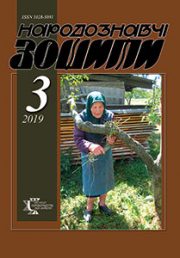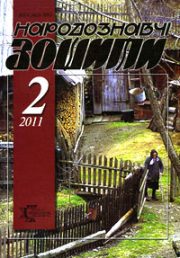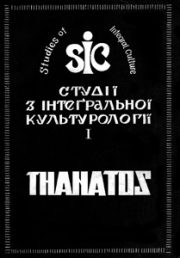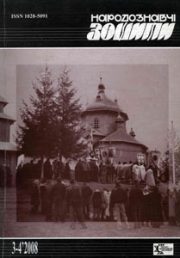The Ethnology Notebooks. 2022. № 5 (167), 1203—1210
UDK 75.046.3(477)”19″Спас
DOI https://doi.org/10.15407/nz2022.05.1203
SOME RESULTS OF RESEARCH SEVERAL LІDIA SPASKA’S MONUMENTAL COMPOSITIONS
LABZIN Vyacheslav
- ORCID ID: https://orcid.org/0000-0003-3864-1543
- Postgraduate student,
- National Academy of Fine Art and Architecture,
- 20, Voznesenskii uzviz, 04053, Kyiv, Ukraine,
- Contacts: e-mail: celtic.svl@gmail.com
Abstract. The revitalization of religious life during the last three decades led to the intensification of the art-historical study of the heritage of church painting, especially the masters who were on the periphery of the attention of previous researchers. In this context, we consider it relevant to refer to the prolific, albeit little-known, work of the artist Lidia Spaska. The purpose of the article lies in the fact that with involves historical, art history, literary sources; iconographical and historical materials; to do a factual analysis of the works, and to deeper scientific knowledge about the monumental paintings of Lidia Spaska. The purpose of the article is to clarify the iconographic and stylistic features of some multi-figure works of monumental church paintings by L. Spaska. The object of the research is the religious painting of L. Spaska, and the subject is group compositions based on the example of individual works from the Kyiv-Podil Pokrovska Church and St. Theodosius Church in Lutsk. The methodological basis of the research is a unified method, a systematic approach, methods of synthesis, generalization, comparative-historical, and art analysis. The author comes to a conclusion about L. Spaska’s extensive use of well-known iconographic examples, their extensive authorial interpretation, and follows the aesthetics of modern style.
Keywords: Lidia Spaska, religious painting, Lamentation, Entombment, Apparition of the Virgin Mary.
Received 14.09.2022
REFERENCES
- Bondarchuk, Ia. (2018). The life and work of the artist L.I.~Spaska. Actual issues of cultural studies (Issue~15, pp.~134—139). Rivne: RSHU [in Ukrainian].
- Chereniuk, M. (1999). Lidia Spaska’s church paintings. Monuments of sacred art of Volyn on the threshold of millennia: issues of research, preservation and restoration: Proceedings of the VI~International Scientific Conference dedicated to Volyn’s icon painting (Pp.~124—125). Lutsk [in Ukrainian].
- (2007). Catechism of the Catholic Church~&~Compendium. Lviv: Svichado [in Ukrainian].
- Schiller, G. (1971). Iconography of Christian Art: in 2~vols. (Vol.~II). London: Lund Humphries.
- Evdokimov, P. (1990). The art of the icon: a theology of beauty. Redondo Beach; Calif.: Oakwood Publications.
- Zirpolo, L. (2018). Historical Dictionary of Baroque Art and Architecture. Lanham; Md.: Rowman~&~Littlefield.
- Ouspensky, L. (1987). Iconography of the descent of the Holy Spirit. St.~Vladimir’s theological quarterly (Pp.~308—347). Crestwood; N.Y.: St.~Vladimir’s Seminary Press.
- Oupensky, L., & Lossky, V. (1982). The meaning of icons. Crestwood; N.Y.: St.~Vladimir’s Seminary Press.
- Pokrovskiy, N. (1892). The Gospel In The Monuments Of Iconography, Mostly Byzantine And Russian. S.-Peterburg: Tipografіya Departamenta Udelov [in Russian].
- Weitzmann, K. (1977). Late Antique and Early Christian Book Illumination. New York: G.~Braziller.







